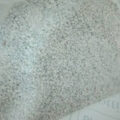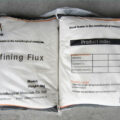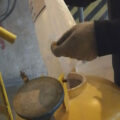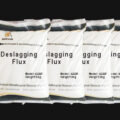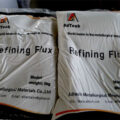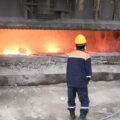Flux purification for molten aluminum is an important part of melt purification. It is one furnace purification method, is the basic guarantee for melt purification.
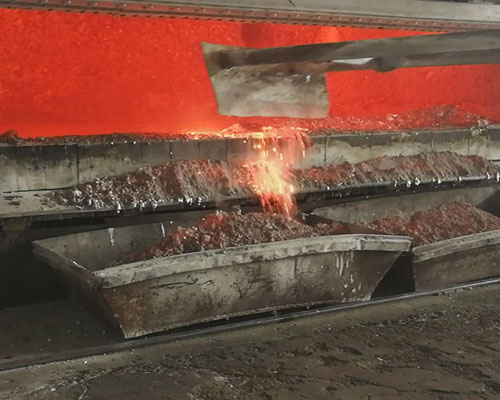
When the flux acts on the surface of the aluminum melt, the flux will absorb the scum on the surface of the melt and play a role in removing slag. The flux is called a Drossing Flux. The opposite situation occurs when the flux acts on the surface of the aluminum melt. The flux is on the aluminum melt. The spreading of the surface of the melt increases, and it plays a role of covering, the better the effect of the flux covering, the flux is called the Covering Flux. When the flux acts on the inside of the aluminum melt, remove the slag in the aluminum melt under the same conditions The better the effect, the flux configured according to this principle is called Refining Flux.
The action time of the flux in the melt has a direct impact on the flux purification for molten aluminum effect. The longer the flux stays in the melt, the more sufficient the interaction between it and the inclusions in the melt, and the greater the probability of capturing the inclusions Larger, the better the melt purification effect. But the melt staying in the melt for a long time will also have an adverse effect.
The higher the melt temperature, the larger the diameter of the flux particles, the greater the density difference between the flux and the melt, the greater the floating speed, the greater the Reynolds number, and the smaller the resistance coefficient. At the same depth of the molten pool, the probability of the flux trapping inclusions Relatively lower. Under the same conditions, using large specific gravity flux, small size bubbles, and low-temperature refining, the flux floats for a longer time, and the NaCl-KCl series flux is more sensitive to the melt temperature and droplet diameter. Compared with the NaCl-KCl series flux, MgCl2 is used. -KCl series flux has longer floating time and will not introduce the Na element.

